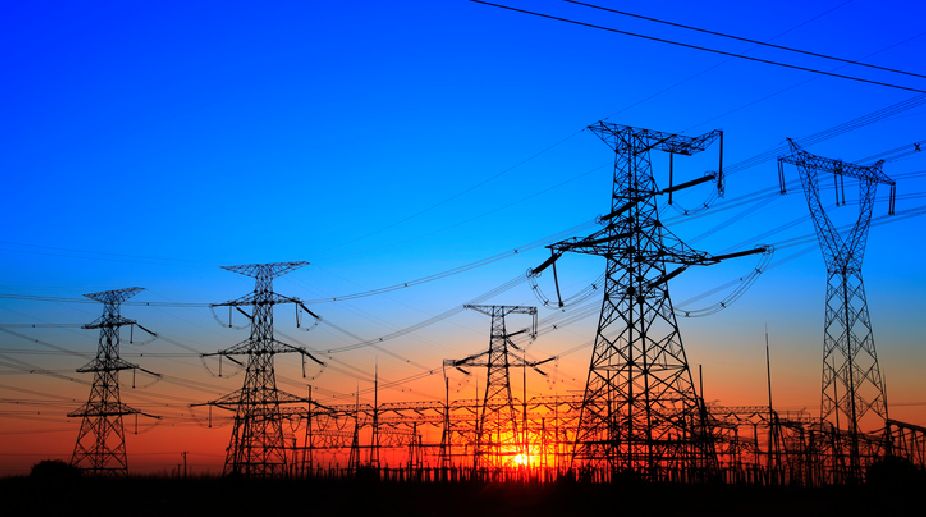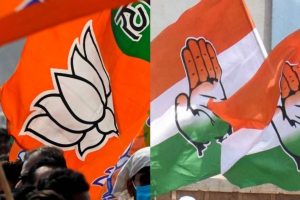Peak power demand in Delhi this summer is expected to breach the 7,000MW-mark and the two BSES distribution companies (discoms) in the capital have taken measures like long-term power purchase agreements (PPAs) and banking arrangements with various states, as well as with neighbouring Bhutan, the BSES said on Monday.
In the south and west Delhi areas under the jurisdiction of BSES Rajdhani Power Ltd (BRPL), the peak power demand is expected to cross 2,880 MW this summer, while the demand may reach 1,670 MW in east and central Delhi under the BSES Yamuna Power Ltd (BYPL), a BSES release said.
“Arrangements firmed up by BRPL and BYPL to source adequate electricity include long-term PPAs and banking arrangements with other states including Himachal Pradesh (425 MW), Uttar Pradesh (72 MW), Andhra Pradesh (50 MW), Sikkim (50 MW), Tamil Nadu (25 MW) and Bhutan (40 MW),” it said.
“BSES discoms will get up to 665 MW of power through banking arrangements. Additionally, around 150 MW of renewable energy from Himachal Pradesh and around 20 MW from Rajasthan will further boost the power arrangements.
“In case of unforeseen contingencies because of low generation and outages of power plants, the discoms will purchase short-term power from the exchange,” it added.
According to the BSES, the peak power demand last summer at 6,526 MW was the highest recorded for the national capital.
The BSES discoms have invested substantial resources during the year to strengthen the network for taking additional power load during summer months, the statement said.
The BSES uses advanced statistical forecasting models and weather forecasting solutions to prepare accurate day ahead, intra-day and medium-term demand forecasting, which is vital for optimal and cost effective power planning, it added.







